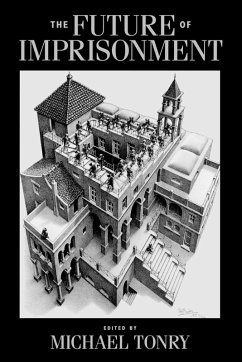
States of Siege
U.S. Prison Riots, 1971-1986

PAYBACK Punkte
45 °P sammeln!
In the last fifteen years alone, over 300 riots have erupted in US prisons, with enormous costs: over a hundred lives; uncounted beatings, rapes and assaults; and the destruction of hundreds of millions of dollars of prison property. Why and how do these riots occur? This book provides a fascinating and dramatic account of five major prison riots, including the Attica rebellion of 1971. They show how riots have evolved in the past twenty year in relation to America's changing penal system and society. They draw on in-depth interviews with rioters, transcripts of post-riot investigations, and r...
In the last fifteen years alone, over 300 riots have erupted in US prisons, with enormous costs: over a hundred lives; uncounted beatings, rapes and assaults; and the destruction of hundreds of millions of dollars of prison property. Why and how do these riots occur? This book provides a fascinating and dramatic account of five major prison riots, including the Attica rebellion of 1971. They show how riots have evolved in the past twenty year in relation to America's changing penal system and society. They draw on in-depth interviews with rioters, transcripts of post-riot investigations, and results of a questionnaire about inmate disturbances in every maximum and medium-security prison in the US. By demonstrating that the growth of riots depends both on the state's capabilities and on inmates' pre-existing organizations, their ethnicity, and the revolts' root causes, the authors expose the absence of a consistent and realistic policy towards the prison population of the US.












